5 Carolina Waterfronts for Your Fall Travel List
Find peace along these revitalized small-town waterfronts
By Donna Campbell SmithWashington waterfront
North Carolina’s rivers and sounds were the gateways to the interior mysteries of the New World for European explorers who first arrived here hundreds of years ago. Colonists established towns near the life-giving water where goods could be shipped in and out.
Today, many of those towns have celebrated their waterfronts by developing them into beautiful public spaces with harbors, parks, museums, shops, boardwalks, restaurants and more. In northeastern North Carolina along the Historic Albemarle Highway, several towns have gone all-out to make their waterfronts a central attraction for tourists and locals alike.
Washington
Known as “Little Washington,” to distinguish it from Washington, D.C., the settlement was known as “Forks of the Tar” in the early 1770s. It wasn’t until 1776 it was renamed Washington for George Washington.
Along the Pamlico-Tar River, the city now has a beautifully developed waterfront that offers everything from the North Carolina Estuarium Center to a children’s playground and picnic area. Along the boardwalk one can access the harbor, galleries, restaurants and antique shops. The riverfront offers access to 300 miles of paddle trails. On the green areas of the waterfront on Saturdays from April through October, the Farmers and Artisans Market offers farm-fresh produce, seafood and arts and crafts. Concerts and art shows are also held on the greens periodically. Visitors can enjoy self-guided tours of Washington’s historic sites and nature trails and don’t miss the historic ghost walk held around Halloween, within walking distance of the waterfront.
Editor's Note: Since this article was originally published, we received a note from Judy Cassano of Washington, a member of Tideland EMC, stating that locals prefer the nickname "The Original Washington." The town was the first in America to be named for General George Washington, earning it the "Original" moniker.
Plymouth
Plymouth’s Roanoke River waterfront is accessible downtown along Water Street. Here you’ll find shops, eateries and the God’s Creation Wildlife Museum, with its extensive taxidermy collection of animals from all over the world. At the west end of Water Street on the green, the Roanoke River Lighthouse overlooks the river. At the eastmost end of the waterfront is a pier, where one can fish or just sit to relax and watch the river roll by. A few steps away is the Port O’ Plymouth Museum, housed in a 1920s-era train depot. Exhibits feature Native American, colonial and Civil War artifacts. Docked nearby is a replica of the CSS Albemarle, a steam-powered ironclad that protected the harbor during the Civil War until it was sunk in May 1864.
Near the museum is the head of the Rail River Switch Nature Trail. Follow the river on the boardwalk, which has two observation decks. The trail affords views of woods, marsh and the river. Walkers may see and photograph a variety of birds and reptiles.
Edenton
A walk along Edenton’s waterfront is a walk back in time to North Carolina’s early colonial roots. The Penelope Barker House serves as Edenton’s visitors center. Overlooking Edenton Bay, the house was the home of North Carolina’s first female activist, Penelope Barker. She organized the protest against British taxation, known as the Edenton Tea Party (the site of which is now marked by a large bronze teapot). Tour the home and get a look at life in the 1700s. Just across the parking lot from the Barker House is the original Roanoke River Lighthouse, open for guided tours and information about Edenton’s merchant trade. The harbor provides boat slips, restrooms and showers, a picnic area with playground, and you can even rent a canoe or kayak — or launch your own. From the waterfront you can walk or take a trolley tour to the many historic landmarks throughout downtown. Maps for self-guided tours are available at the Barker House.
Columbia
Established on the banks of the Scuppernong River in 1793, Columbia offers the public the largest rest area on Hwy 64 east of Raleigh. The Tyrrell County Visitors Center has all of the usual amenities: rest rooms, snack machines, tourist info and gift shop, plus a boardwalk that follows the river bank into the swamp giving access to wetlands, woods and waterways. In addition to native plants, you are likely to encounter a variety of water birds, songbirds and raptors. You might also see a reptile or two in the way of snakes and lizards.
Next door is the Walter B. Jones Center for the Sounds. Inside, find exhibits about wildlife, the pocosin lakes, and black water rivers and creeks of the area.
On the boardwalk to the right of the visitor center, the walkway leads under the Scuppernong River Bridge to the harbor and downtown area. This area is well known for art galleries, shops, restaurants and cafés.
Manteo
Between the Croatan and Roanoke Sounds and a bridge away from the Outer Banks, the town of Manteo on Roanoke Island is rich in history, yet offers up-to-date shopping and dining right on the banks of Shallowbag Bay. Manteo was not incorporated until 1899, although it was a bustling trade center as early as the 1600s. The picturesque waterfront is lined with boat slips, cafés, galleries and shops. Many of the restaurants offer outdoor dining, where patrons can enjoy watching the boats come and go while they eat.
Walk south to find the restored Roanoke Marshes Lighthouse and the Roanoke Island Maritime Museum. A bridge at the north end of the waterfront leads to Roanoke Festival Park, a 25-acre trip back in time. Costumed guides share their knowledge of what life was like hundreds of years ago as you visit an Indian village, an explorer’s camp, and in the summer go aboard a reproduction of the Elizabeth II to get a feel for what it was like to travel to this unknown land.
Manteo offers many interesting sites away from the waterfront, including Fort Raleigh, The Lost Colony Theater, The Elizabethan Gardens, the historic Island Farm and an NC aquarium at the north end of the island.
-
Learn more about these charming coastal treasures
-
Share this story:

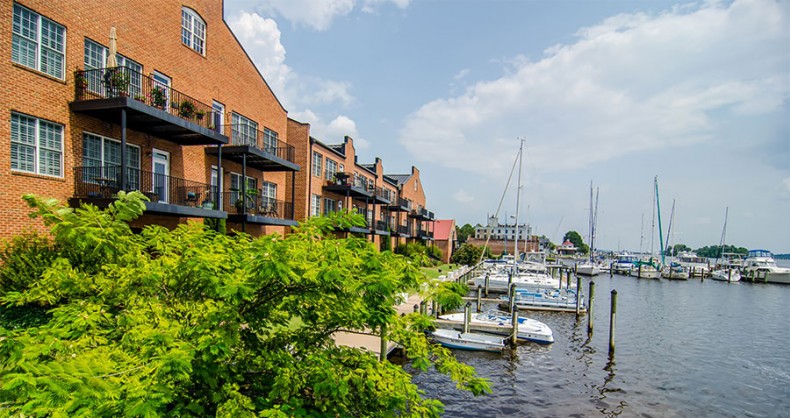
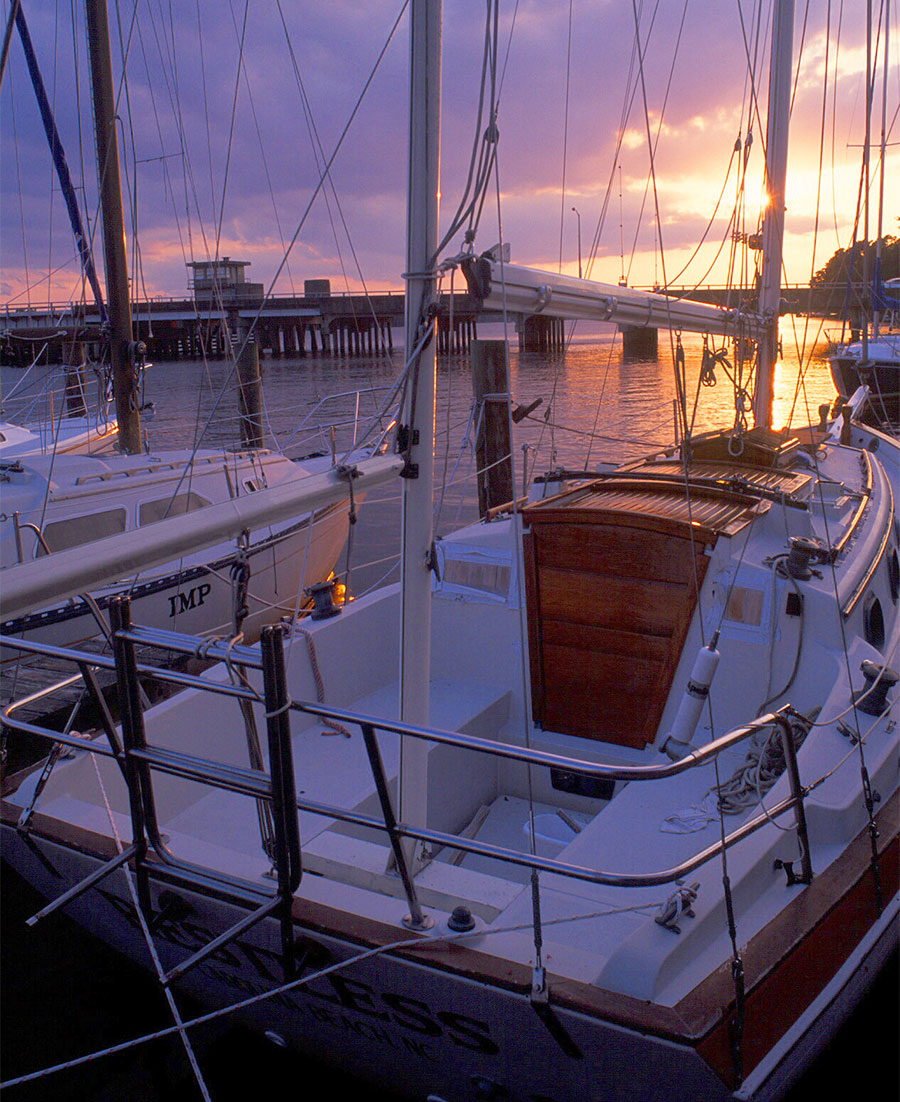
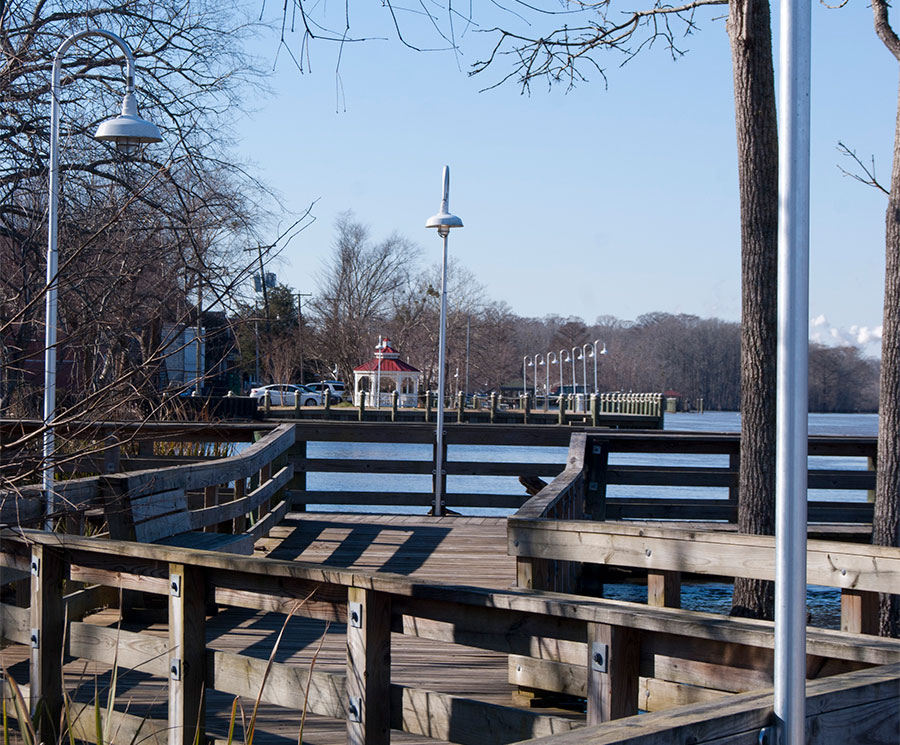
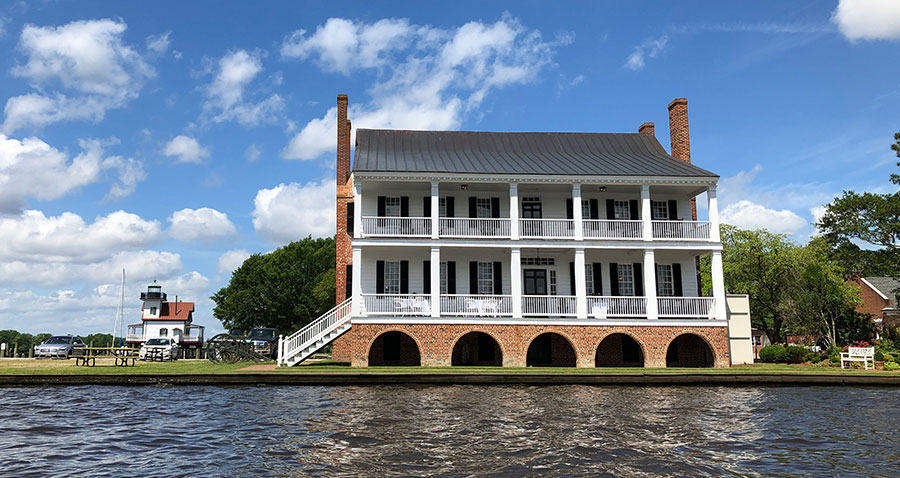
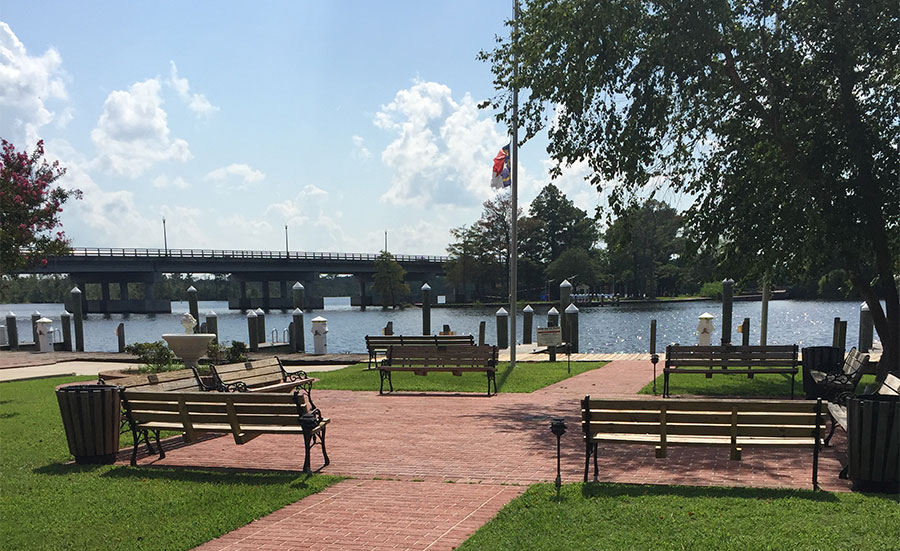
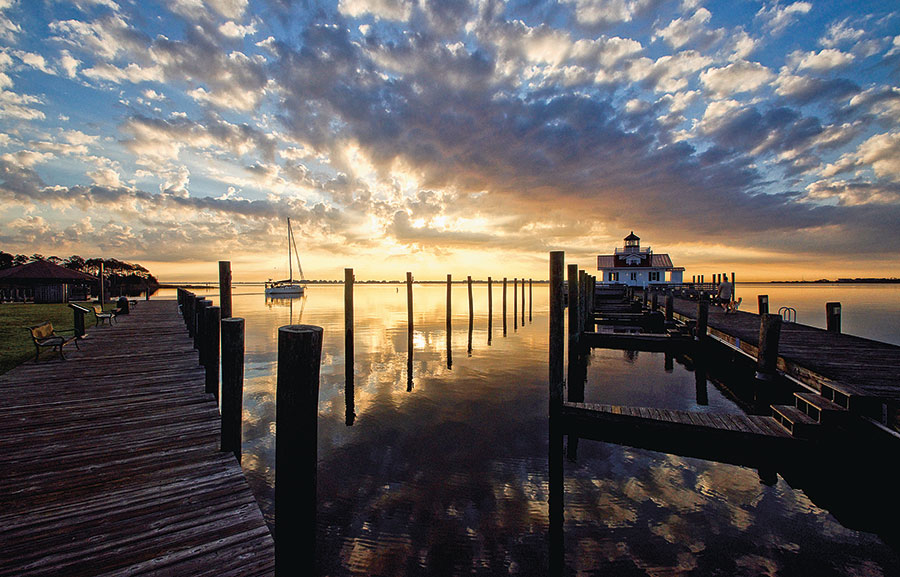
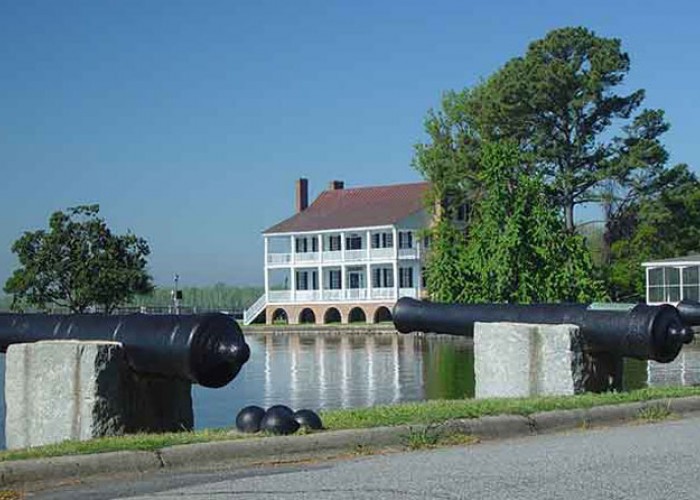
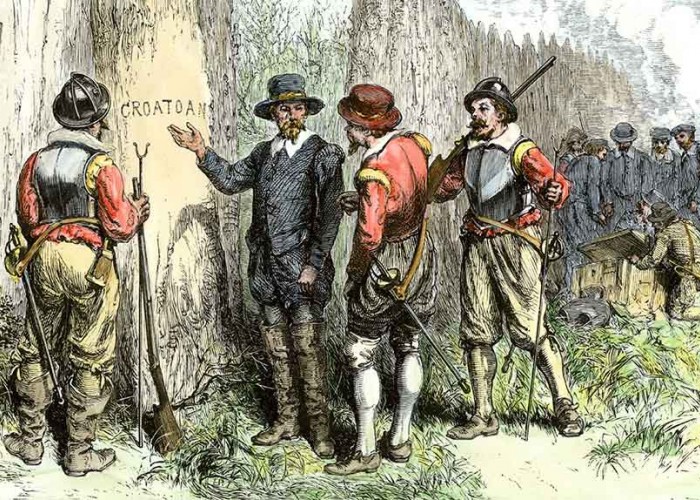
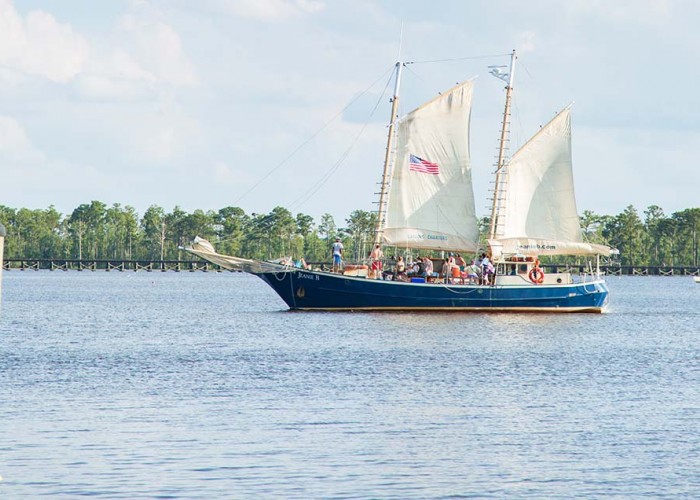



Comments (1)
Sarah Bernart |
August 26, 2019 |
reply